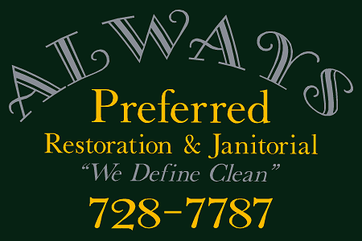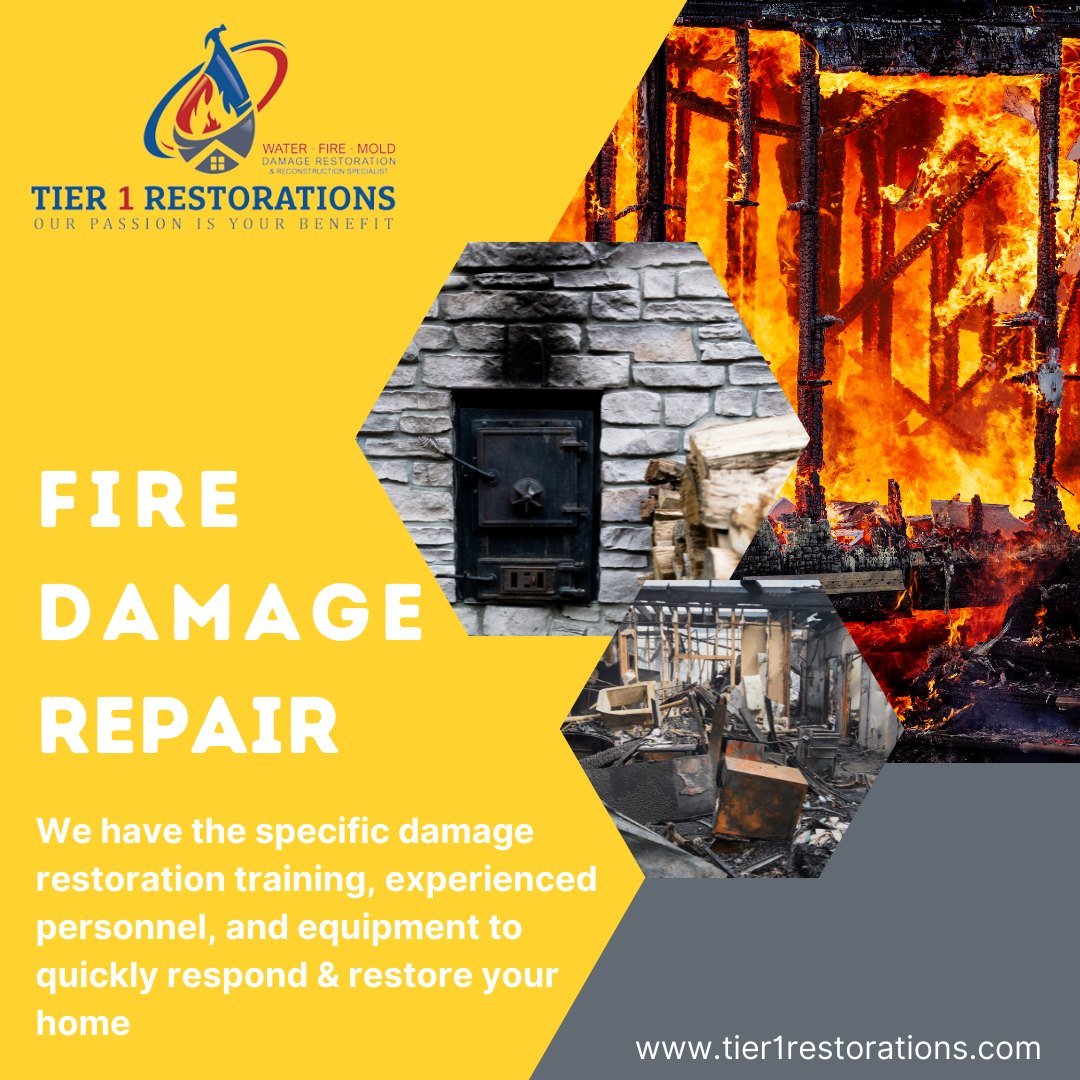3 Easy Facts About Dry Star Restoration Described
3 Easy Facts About Dry Star Restoration Described
Blog Article
Not known Facts About Dry Star Restoration
Table of ContentsIndicators on Dry Star Restoration You Should KnowThe 45-Second Trick For Dry Star RestorationRumored Buzz on Dry Star RestorationDry Star Restoration Things To Know Before You BuyExamine This Report about Dry Star Restoration
Specifically in winter months, home heating systems are a common fire risk. Malfunctioning electrical wiring or positioning heaters as well close to flammable materials like drapes can spark a fire.
Products like electric motor oil or cleaning fluids can fire up under particular problems. Constantly store these things correctly and far from warmth sources. water damage restoration mesa. Statistics: According to the National Fire Protection Association, home chemicals are accountable for a significant portion of home fires annually. By recognizing these usual reasons, you can take actions to make your home much safer.
The Greatest Guide To Dry Star Restoration

Mold and mildew can create health problems and further damage to your residential property. Architectural Weakening: Water can deteriorate wood structures and cause steel parts to rust, making your home dangerous.
It's critical to address all these facets to completely recover your home. Next, we will certainly dive into the actions involved in the fire damages restoration process. Fire remediation is the procedure of cleaning, repairing, and restoring a building that has actually been harmed by fire. The objective is to return the residential or commercial property to its pre-loss condition, indicating it looks and works as it did before the fire.
Indicators on Dry Star Restoration You Need To Know
Debris Removal and Demolition: Harmed materials are securely eliminated, and any type of hazardous compounds like asbestos are taken care of properly. Fire damages incorporates several types of harm to a property: Physical Damages: This consists of charring, blackening, and fragmentation of materials directly affected by the fire.
Water Damages: Water used to snuff out the fire can cause structural weakening and mold and over at this website mildew growth if not effectively managed. Fire repair specialists make use of specialized strategies and devices to deal with all these kinds of damages, guaranteeing the residential or commercial property is secure and livable once more. Next, we will dive into the actions associated with the fire damage remediation process.
From advanced water removal equipment to specialized devices for smoke and residue removal, we have actually the resources needed to restore your residential or commercial property to its pre-loss problem. Our strategies are designed to be comprehensive and efficient, reducing more damages and speeding up the recovery procedure. Our group consists of licensed service technicians that are experts in fire damages reconstruction.
More About Dry Star Restoration
Their knowledge makes certain that every task is done right, giving you with satisfaction throughout a difficult time. If you need fire damage restoration services, don't think twice to call us. We're right here to aid you recover your home and your life after the fire. Last modified on 15th of July 2024.
(https://www.artstation.com/dryst4rrstrtn6/profile)If there's a fire, smoke makes sure to follow. While the fire's smoke is made up of components that make your home unsafe to be in, the damage smoke leaves doesn't stop there. Smoke will certainly float to seemingly every part of your home, adhering to furniture, decoration, drapes, walls, ceilings, floorings, and a lot more.
The water will soak into the charred products and infected various other locations of the home unaffected by the fire. If left uncontrolled or missed out on throughout fire damage restoration, the water damage will only intensify with time and can lead to mold and mildew growth, safety and security problems for your home's structure, and unpleasant looks around your area, consisting of warped floor covering, peeling off paint, and noticeable spots.
Dry Star Restoration Things To Know Before You Get This
Water mitigation is often the initial step of the fire, smoke, and water damage reconstruction procedure after a damage control has actually been completed. This resolves the water damage head-on and includes actions to stop further problems for your area before, during, and after reconstruction. Inspection and damage evaluation to examine the level of water damageIsolation of water damage to impacted locations to restrict water from infecting completely dry areasInspection of your home's structure for structural stabilityExtraction of any type of standing water from the propertyStructural drying with commercial-grade equipmentSite cleanup that will remove debris, pack out salvageable material for repair, and give way for repair servicesWe'll likewise complete extra damages mitigation by boarding up damaged doors and windows, using tarps to openings in roofings, and completing other steps to stop added damage and risks to your home while the repair services are taking location.
Many terms and descriptions used by water and fire damage remediation service providers are fairly self-explanatory. The checklist of terms below must be of aid when you're connecting with the company you have actually hired. Any type of activity taken to protect against the growth and dispersing of fungus, mold and mildew, mold, and spores. This can include making use of solvents or chemicals as additives or barriers on structure materials to stop fungi development.
Report this page